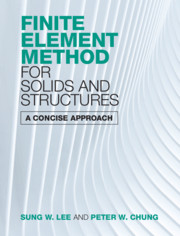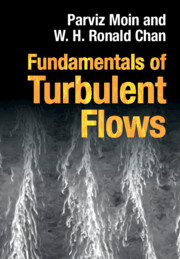Hardback ISBN: 9781108497091
Hardback publication date: 01 July 2021
Can't find the content you are looking for?
To expand your search, find other books and research journals at Cambridge Core , or browse our catalogue at cambridge.org
Hardback ISBN: 9781108497091
Hardback publication date: 01 July 2021
Hardback ISBN: 9781009431408
Hardback publication date: 06 February 2025

